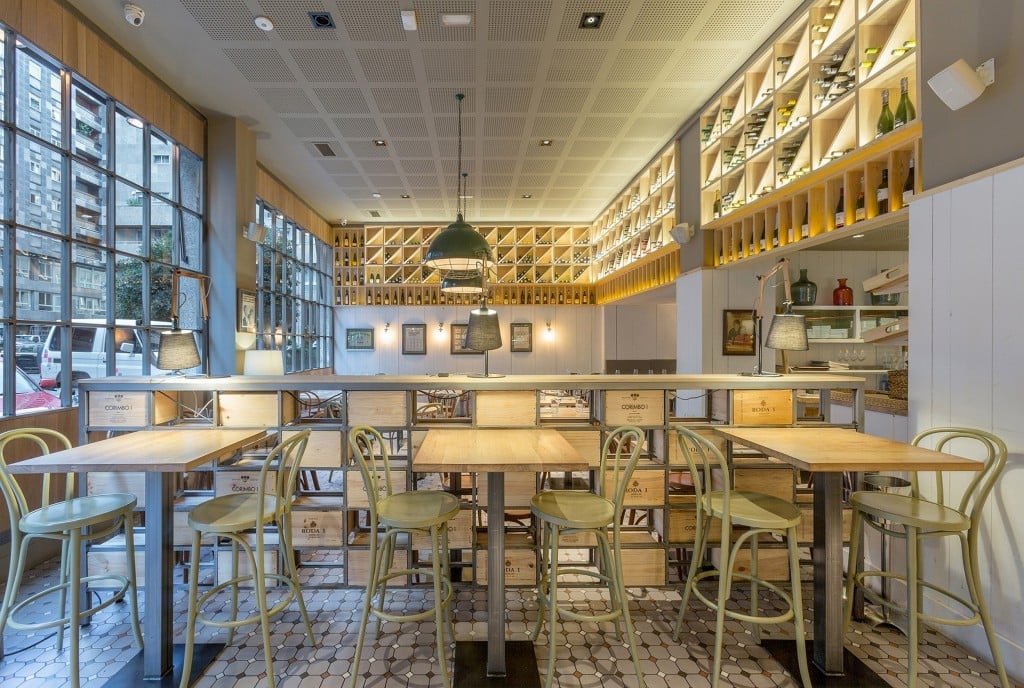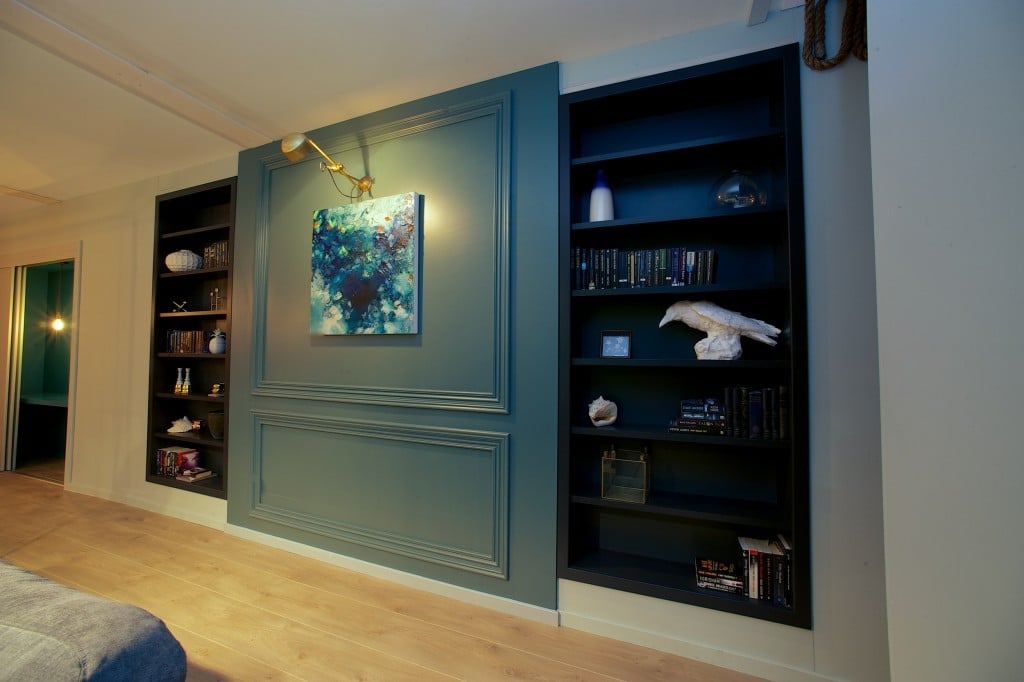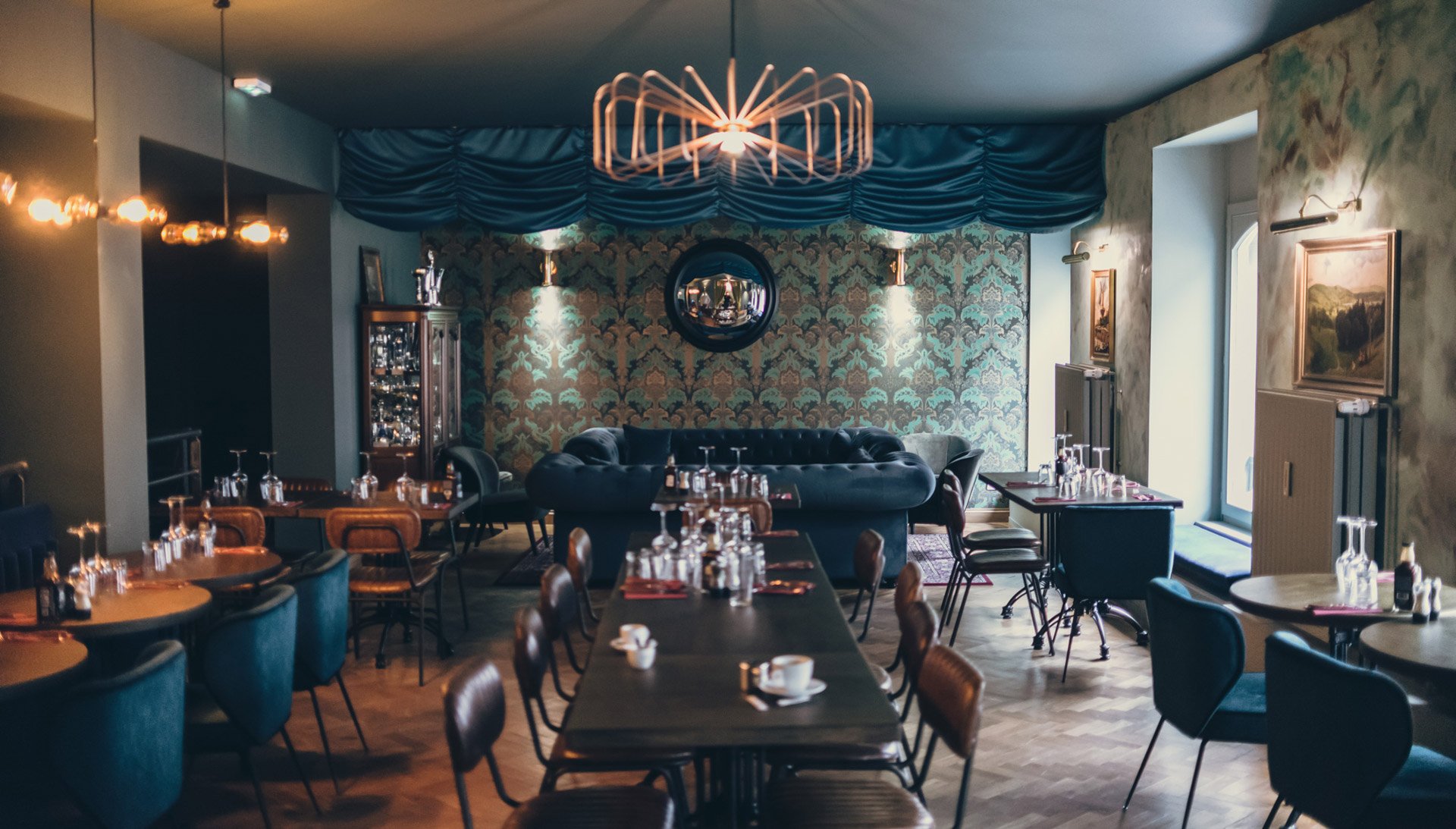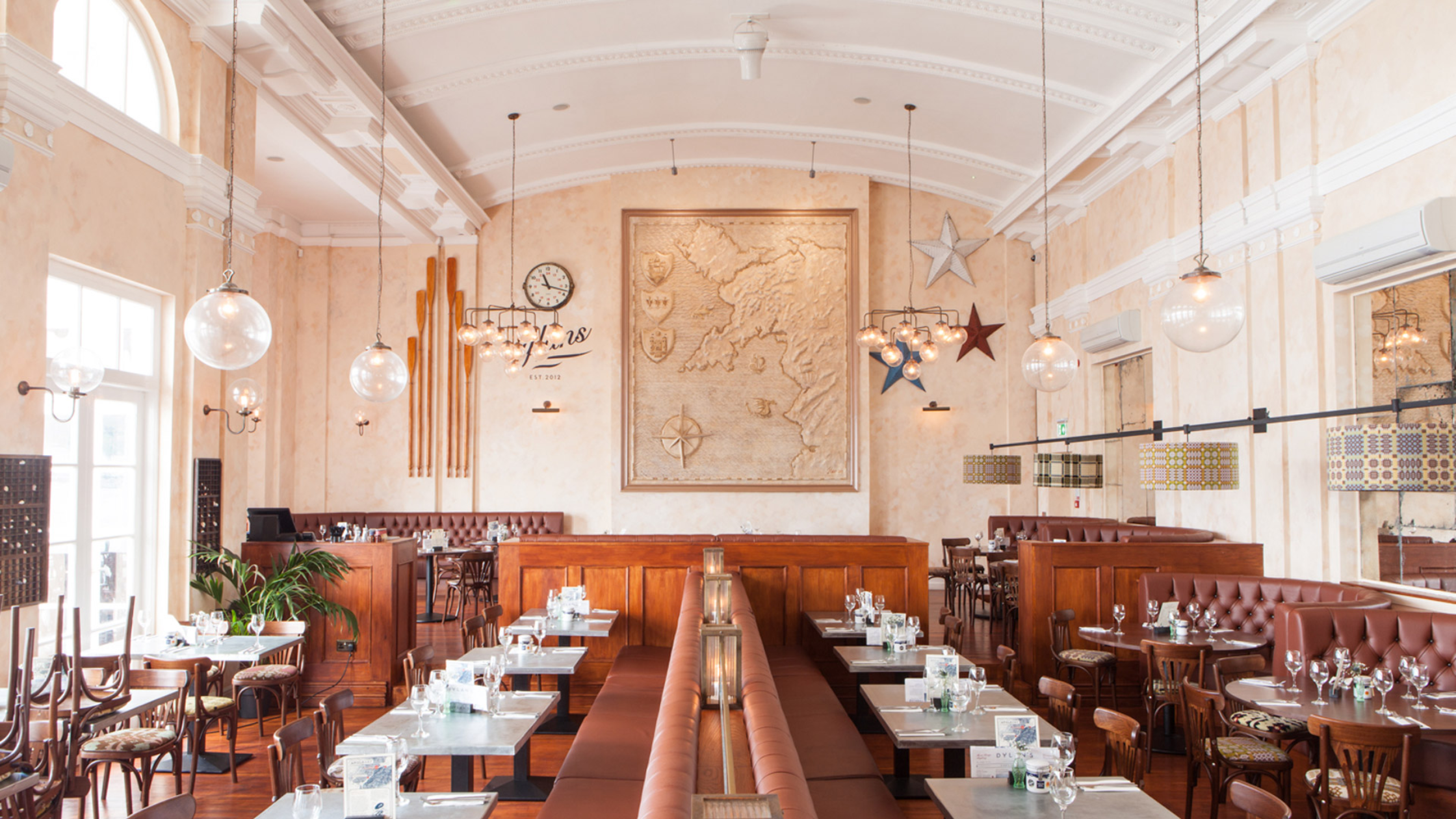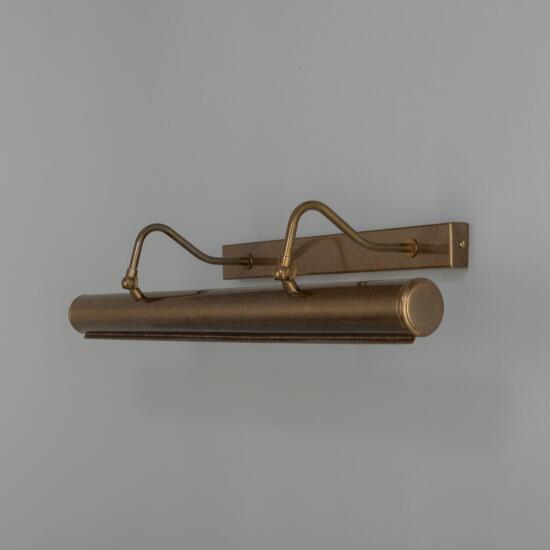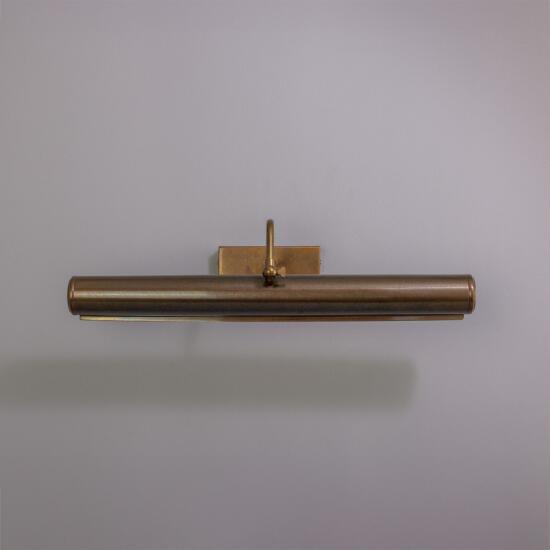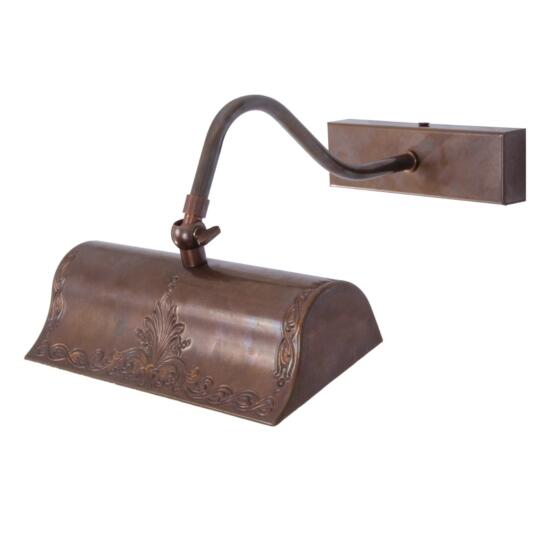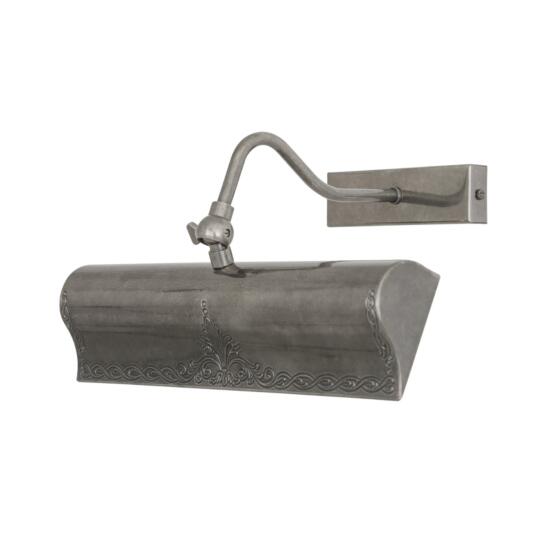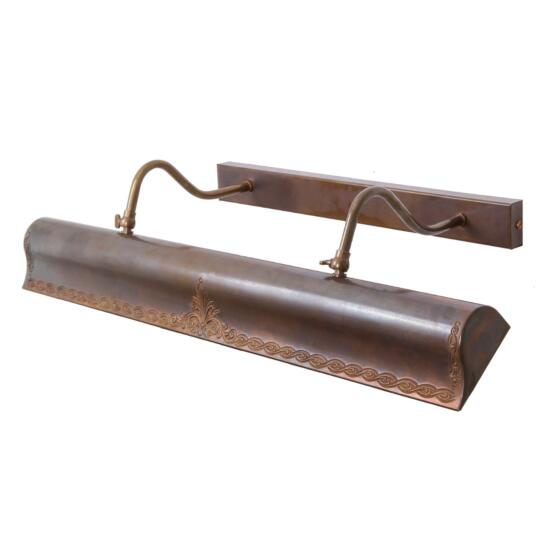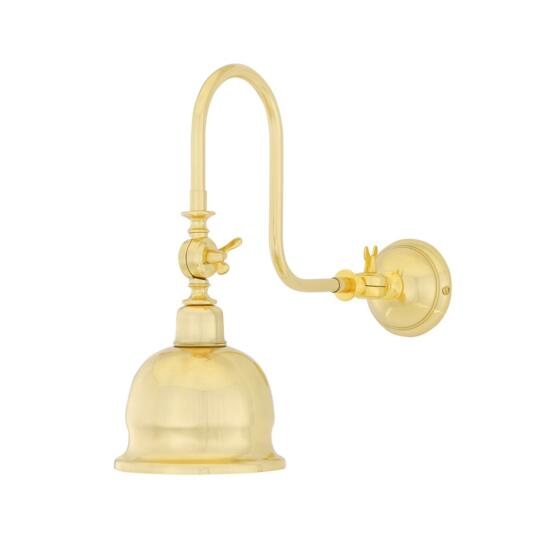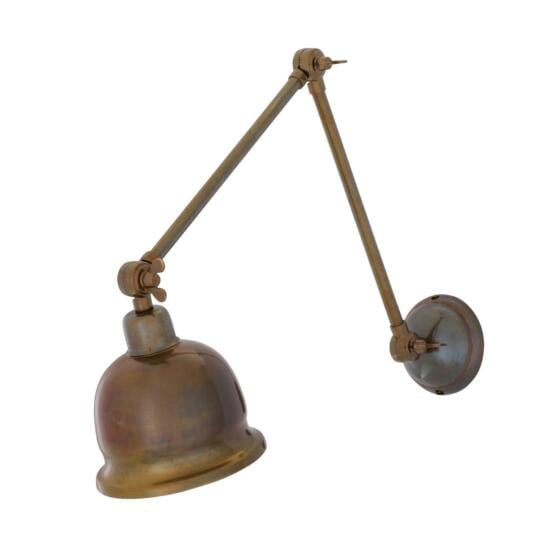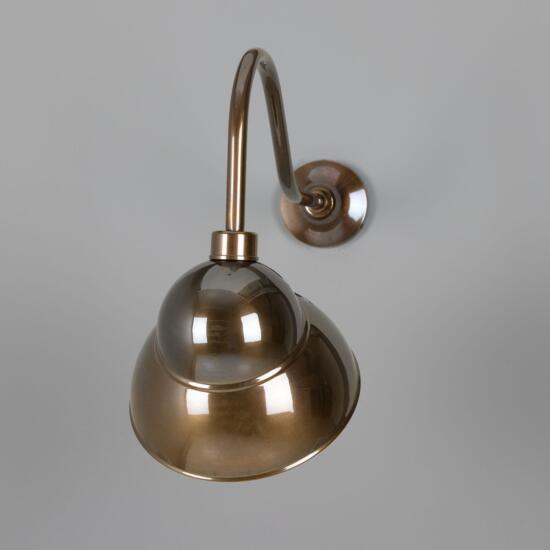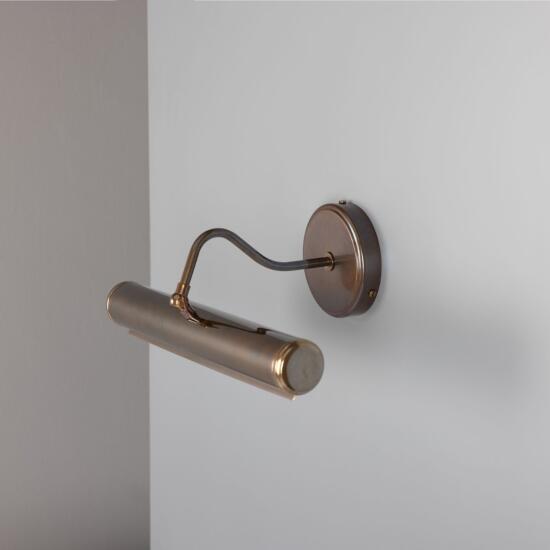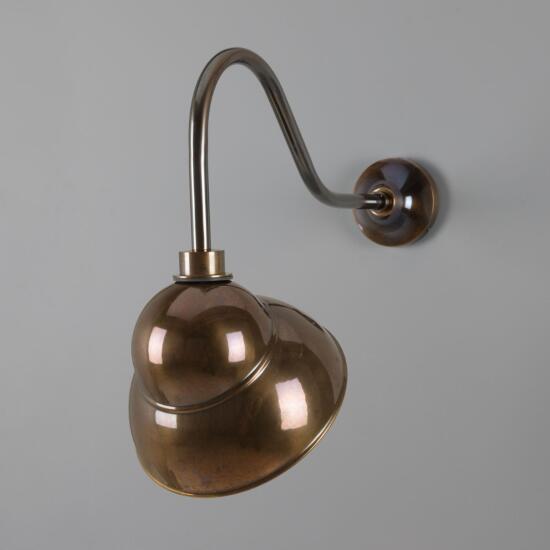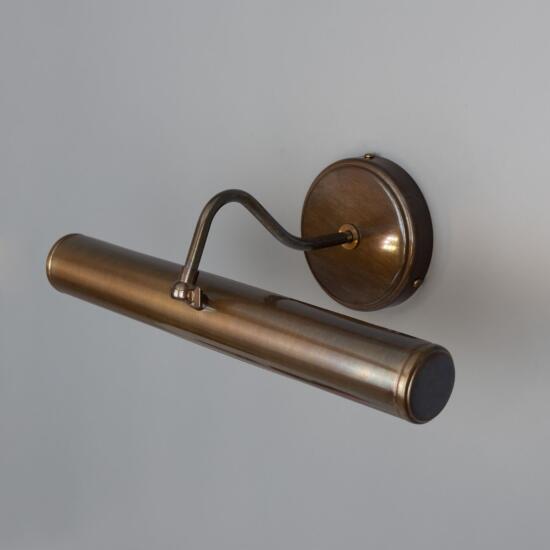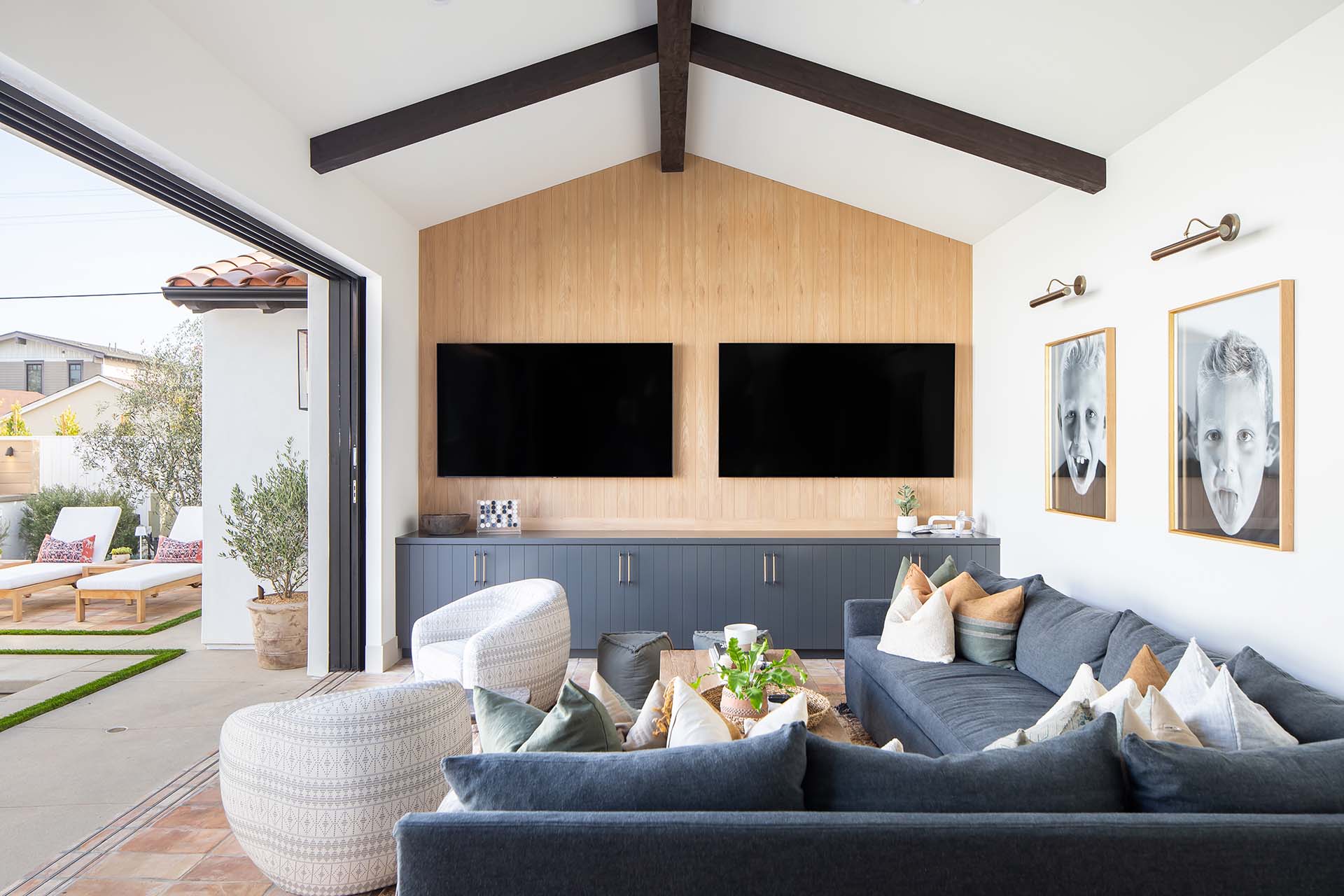
Picture Lights: Your Complete Guide to Illuminating Artwork
What Are Picture Lights and Why Are They so Important When Lighting Artwork?
Proper lighting plays a crucial role in showcasing and enhancing artwork in your home. It can bring out the vibrant colours, textures, and details of a painting, photograph, or any other artistic creation. The right lighting not only adds visual appeal but also creates a captivating ambience, drawing attention to the artwork and making it a focal point of the room. Picture lights, specifically designed for illuminating artwork, are an essential component of creating an aesthetically pleasing display.
Picture lights are specially designed fixtures that are mounted above or beside artwork to provide focused illumination. They are specifically crafted to enhance the visual impact of paintings, photographs, and other artwork by directing light onto the piece without causing any damage or distortion. Picture lights come in various styles, sizes, and finishes, allowing you to choose the one that best complements your artwork and home décor.
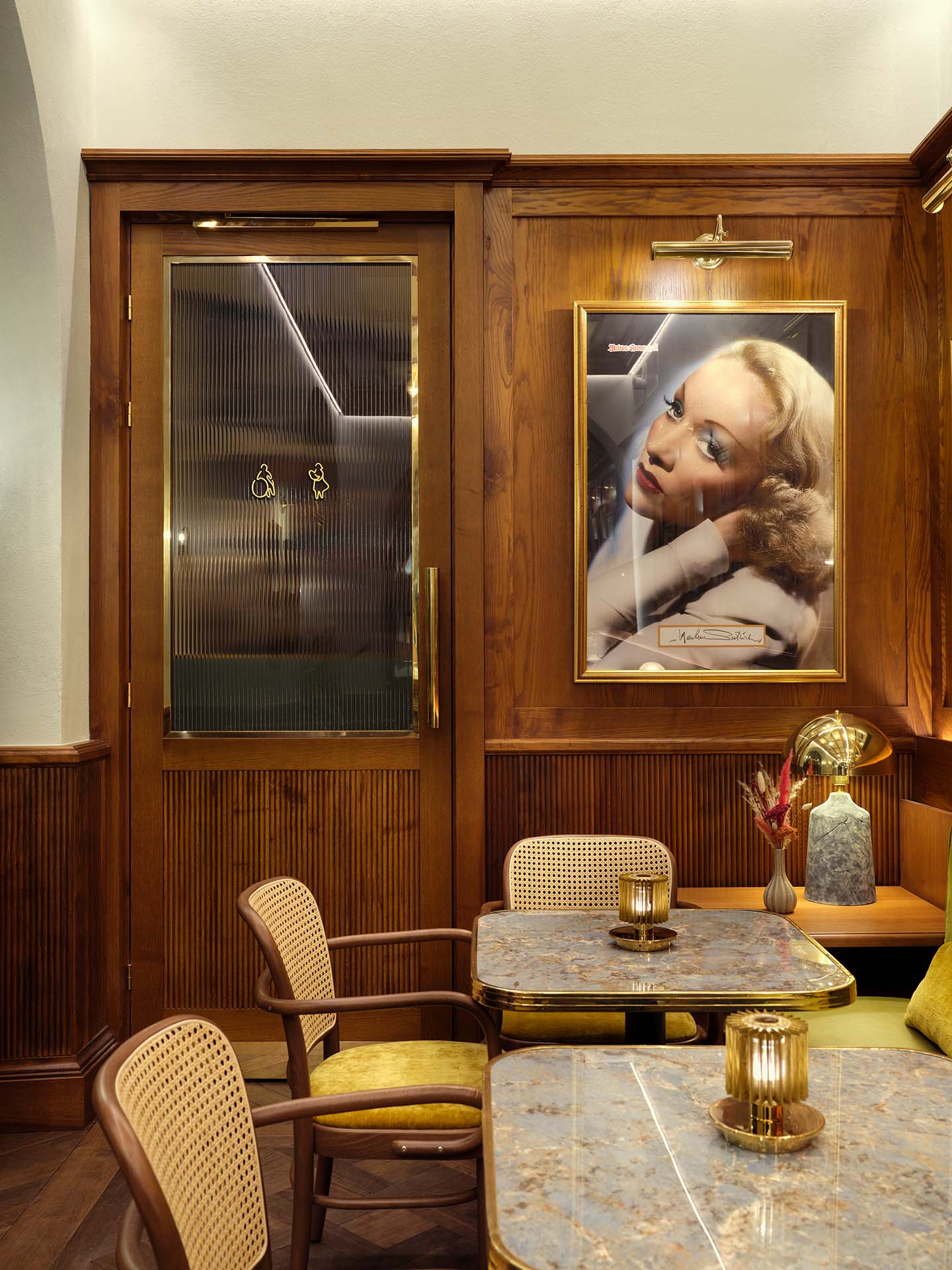 Our Elle picture light above an artwork piece of actress Marlene Dietrich in Maison Kammerzell. Design by Studio Dorenavant.
Our Elle picture light above an artwork piece of actress Marlene Dietrich in Maison Kammerzell. Design by Studio Dorenavant.
Picture lights not only serve a functional purpose but also add an element of elegance and sophistication to the overall aesthetic. With their ability to highlight the details and colours of the artwork, they create a visually appealing display that captivates viewers. Whether you have a cherished family portrait, a prized painting, or an impressive collection of artwork, picture lights can elevate the viewing experience and transform your space into an art gallery-like setting.
Now that we understand the importance of proper lighting for artwork and the role picture lights play in enhancing it, let's explore how to choose the correct picture light for your home.
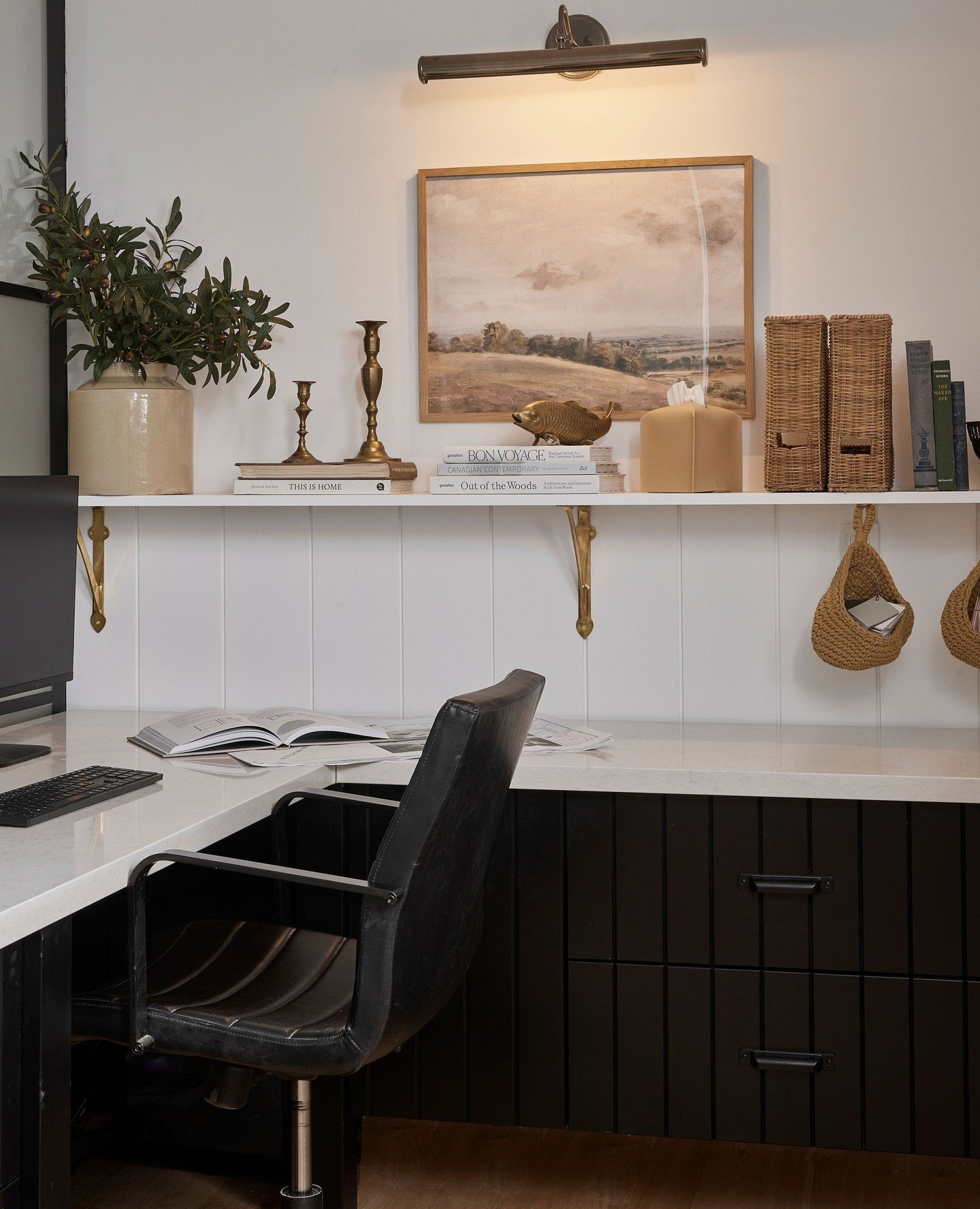 Our Belfast picture light over modern desk area with styled shelf.
Our Belfast picture light over modern desk area with styled shelf.
How to Choose the Correct Picture Light for Your Home
When selecting a picture light for your artwork, several factors come into play. It's essential to consider the lighting requirements for the specific artwork, as well as the style, power source, and material options available. Here are some key points to consider when choosing the correct picture light:
- Lighting Requirements for Artwork: Different types of artwork may have unique lighting requirements. For instance, oil paintings may benefit from a warm, soft glow, while photographs may require brighter, more focused lighting. Consider the colour tones, textures, and details of your artwork to determine the appropriate lighting intensity and colour temperature.
- Style and Aesthetic Compatibility: Picture lights come in various styles, ranging from modern and minimalist designs to ornate and decorative options. Choose a style that complements the overall décor and enhances the artwork without overpowering it. Consider the finish, shape, and overall design elements to ensure a cohesive and visually pleasing aesthetic.
- Power Source Options: Picture lights are available in different power source options, each with its own advantages. LED picture lights are energy-efficient, long-lasting, and provide precise lighting control. Battery-operated picture lights offer flexibility in terms of placement and eliminate the need for wiring. Assess your specific needs and preferences to determine the most suitable power source option.
- Material Options: Picture lights are available in a range of materials, including brass, antique brass, bronze, and a myriad of powder-coated paint colour finishes. Consider the existing décor and artwork frames to choose a material that complements the overall style. Brass picture lights, for example, can add a touch of elegance and sophistication, while antique brass or bronze picture lights may suit a more vintage or traditional setting.
By taking into account these considerations, you can select a picture light that not only meets the lighting requirements of your artwork but also enhances the overall aesthetic of your space.
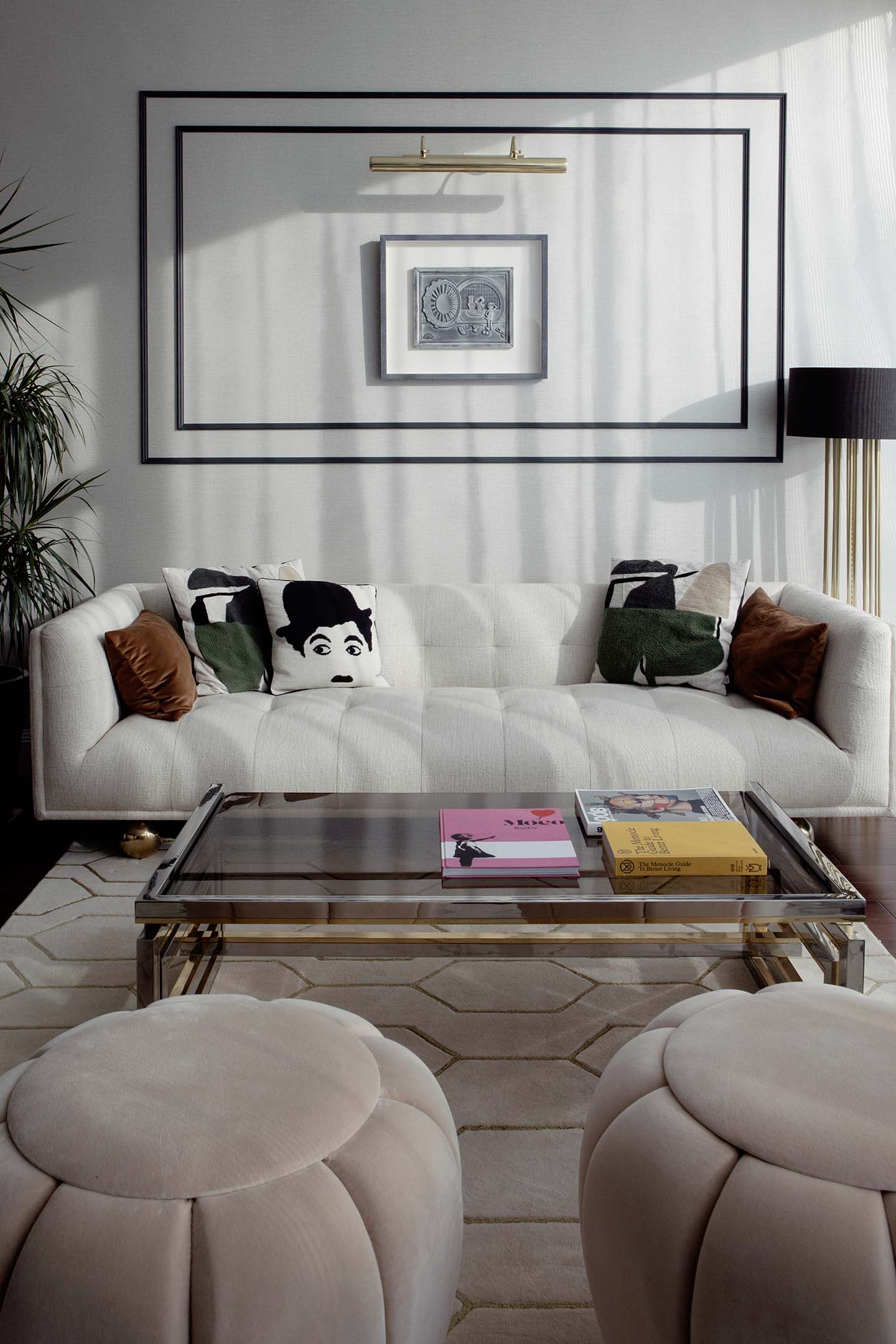 Our Dublin picture light above artwork in this living space. Design by Little Design House. Photographed by Ruth Maria.
Our Dublin picture light above artwork in this living space. Design by Little Design House. Photographed by Ruth Maria.
How to Light Artwork in Your Home
Properly lighting artwork is essential to create a captivating display that showcases its beauty and intricacies. Here are some techniques to effectively light artwork in your home:
- Placement and Positioning of Picture Lights: Picture lights are typically mounted above or beside the artwork to provide optimal illumination. For larger pieces, consider using multiple picture lights to ensure even lighting coverage. Experiment with different angles and positions to find the best placement that enhances the artwork without causing glare or shadows.
- Creating Focused and Balanced Lighting: Aim to create focused lighting that highlights the key elements of the artwork. Adjustable picture lights with swivel heads or adjustable arms can help direct the light precisely where you want it. Additionally, ensure balanced lighting by avoiding uneven hot spots or overly bright areas.
- Avoiding Glare and Shadows: Glare and shadows can detract from the viewing experience. To minimise glare, choose picture lights with adjustable shades or diffusers that help control the direction of the light. Consider the position of any nearby windows or light sources that may cause unwanted reflections. Adjust the lighting angles and distances to minimise shadows cast by the artwork itself.
By employing these techniques, you can effectively showcase your artwork and create a visually pleasing display that captivates viewers.
What Size Should a Picture Light Be?
Selecting the right size of a picture light depends on the dimensions of your artwork and the desired lighting coverage. Here are some considerations to help you determine the appropriate size:
- Artwork Dimensions: The width of the picture light should be proportional to the width of the artwork. As a general guideline, the picture light should not exceed 50-75% of the artwork's width. A picture light that is too small may not provide adequate illumination, while one that is too large may overpower the artwork.
- Lighting Coverage: Consider the lighting coverage you want to achieve. If you have a large artwork, you may require a larger picture light to provide sufficient illumination across the entire surface. Smaller artworks or focused displays may require narrower or more compact picture lights.
- Proportional Balance: Keep in mind the overall visual balance of the display. The size of the picture light should complement the proportions of the artwork and the surrounding space. Avoid using a picture light that overwhelms or distracts from the artwork itself.
By taking into account the dimensions of your artwork and the desired lighting coverage, you can select a picture light size that effectively enhances the visual impact of your artwork.
How High Should a Picture Frame Light Be?
The height at which a picture frame light should be positioned depends on several factors, including the size of the artwork and the overall visual effect you want to achieve. Here are some guidelines to help you determine the appropriate height for your picture light:
- Consider Artwork Size: For smaller artworks, the picture light is typically centred above the artwork. As the size of the artwork increases, the picture light may be positioned slightly higher to maintain a proportional balance. Avoid placing the light too close to the top edge of the frame, as it may cast shadows on the artwork. As a general rule, the picture light should be around 150-175mm (6-7") above the picture frame. This allows for balanced illumination and prevents the light from overpowering the artwork. Adjust this distance based on the specific lighting needs of your artwork and the desired effect you want to achieve.
- Eye Level Placement: A common approach is to position the centre of the picture light at approximately eye level. This ensures that the light illuminates the artwork effectively and enhances the viewing experience. Eye level placement can vary depending on the average height of the viewers, but a good starting point is around 1500-1650mm (60-65 inches) from the floor.
- Consider Room Function: Consider the primary function of the room where the artwork is displayed. If the artwork is placed in a seating area or a room where people tend to sit or stand, adjust the height of the picture light accordingly to ensure optimal viewing from seated or standing positions.
Remember that these guidelines are not strict rules, and personal preference and the specific characteristics of your artwork may influence the final positioning. Take the time to step back and assess the overall visual impact and balance before finalising the height placement of your picture light.
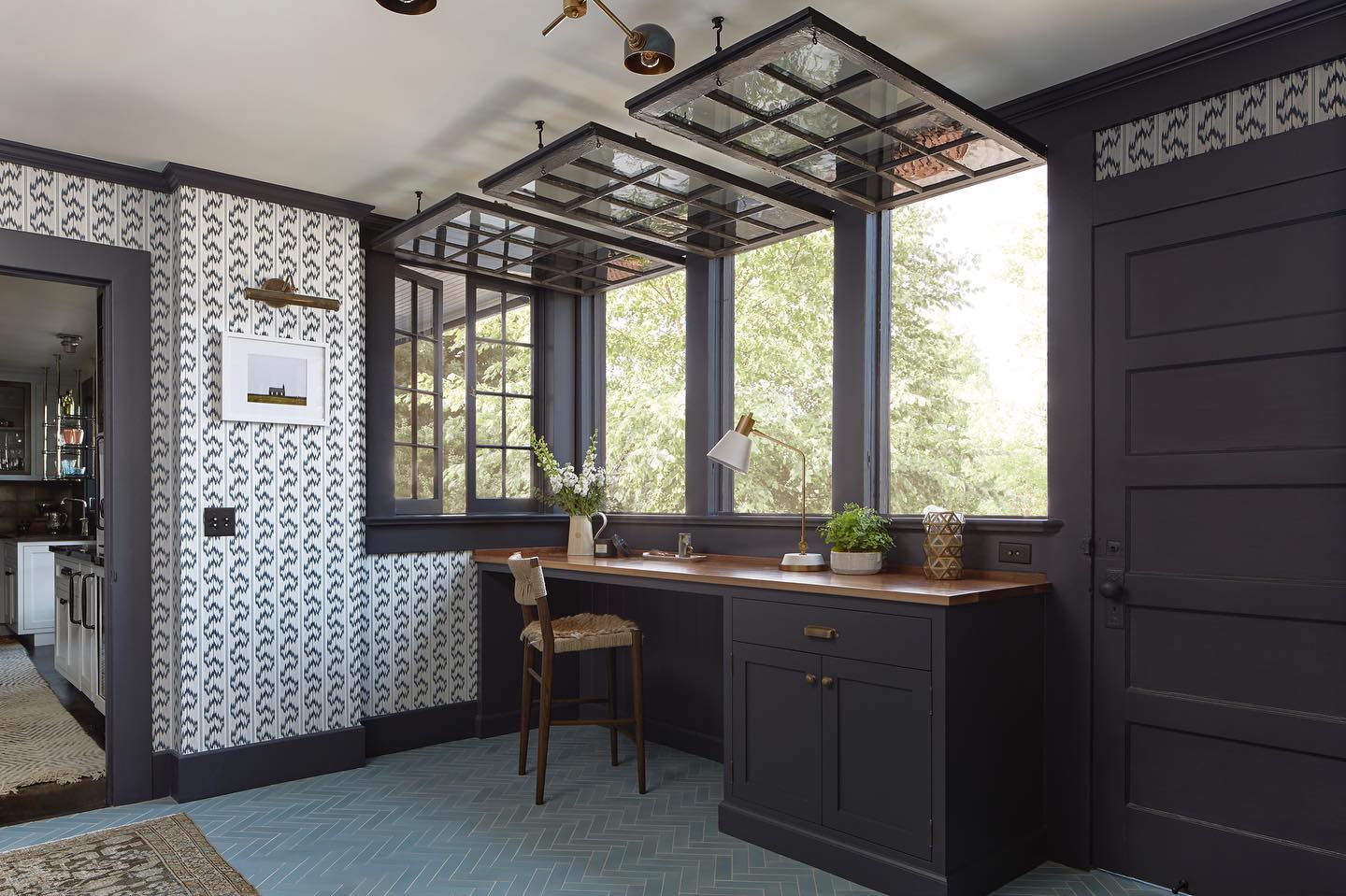 Belfast picture light in concept Laundry Cafe in 2022's Pasadena Showcase. Design by Denise Bosley Interiors.
Belfast picture light in concept Laundry Cafe in 2022's Pasadena Showcase. Design by Denise Bosley Interiors.
How to Install or Hang a Picture Light
It's strongly recommended that you employ a qualified electrician to install a wired picture light. For informational purposes, here are the steps to guide you through installing a picture light:
- Gather Necessary Tools and Equipment: Before you begin, ensure you have all the required tools, including a drill, screws, screwdriver, mains tester screwdriver, level, and possibly wire cutters or strippers, depending on the type of picture light and its power source.
- Disconnect the Power (If Applicable): If you're installing a wired picture light, you must turn off the power at your fuse board before beginning.
- Install the Fixing Bracket: Most picture lights will come with a fixing bracket that is secured to the wall first. Measure and mark the desired position of the fixing bracket on the wall. Use a level to ensure the marks are straight and even. Attach the fixing bracket to the wall using screws.
- Wire the Picture Light (If Applicable): If your picture light requires electrical wiring, carefully follow the manufacturer's instructions and connect the picture light to the outlet or wire in your wall. Again, it's strongly recommended that only a qualified electrician do this.
- Mount the Picture Light Securely: Attach the picture light to the wall bracket according to the manufacturer's instructions.
Once the picture light is securely mounted, double-check its positioning and adjust if necessary. If your picture light is battery-operated or wireless, simply attach it to the mounting bracket or plate according to the manufacturer's instructions.
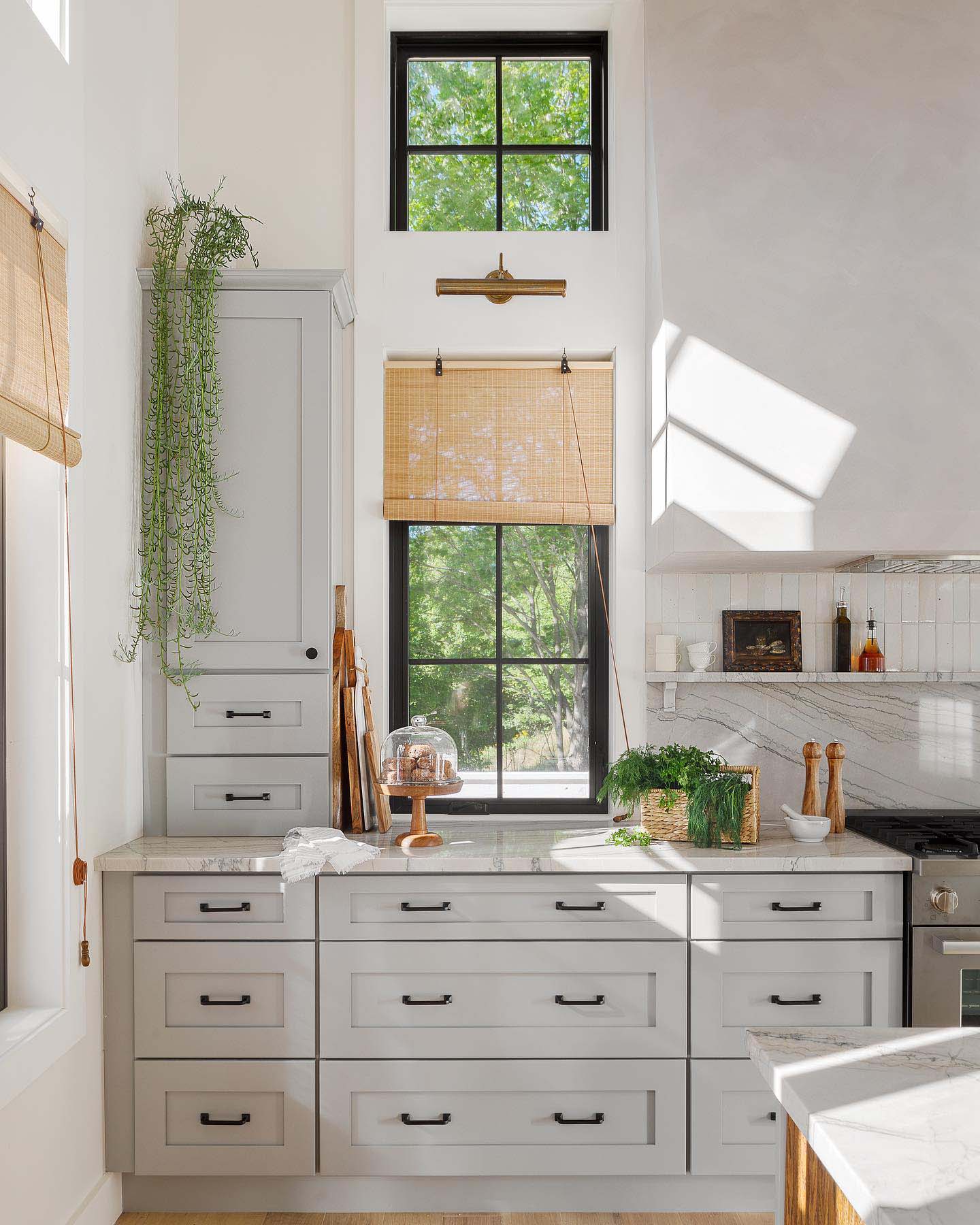 Our Elle picture light installed above window as a feature. Picture lights don't always have to illuminate artwork. Design by ICDT Studio. Photographed by Shannon Dupre.
Our Elle picture light installed above window as a feature. Picture lights don't always have to illuminate artwork. Design by ICDT Studio. Photographed by Shannon Dupre.
What Type of Bulbs Should Be Used in Picture Lights?
The type of bulbs used in picture lights significantly affects the quality of lighting provided by the picture light. While there are various options available, LED bulbs are the preferred choice for picture lights. Here's why:
- Energy Efficiency: LED bulbs are highly energy-efficient compared to traditional incandescent or halogen bulbs. They consume significantly less electricity, which translates to energy savings and lower utility bills.
- Long Lifespan: LED bulbs have an exceptionally long lifespan, typically lasting for tens of thousands of hours. This means you can enjoy consistent, high-quality lighting for years without the need for frequent bulb replacements.
- Low Heat Emission: LED bulbs emit very little heat, making them ideal for picture lighting. Unlike traditional bulbs, LED bulbs don't produce infrared radiation or emit harmful UV rays, which can cause fading or damage to artwork over time.
- Precise Lighting Control: LED bulbs offer precise control over the colour temperature and intensity of the light. This allows you to fine-tune the lighting to perfectly complement your artwork and create the desired ambience. LED bulbs often come with dimming capabilities, enabling you to adjust the brightness to suit different lighting needs or moods.
- Colour Accuracy: LED bulbs provide excellent colour rendering, ensuring that the true colours and details of your artwork are accurately represented. They have a high colour rendering index (CRI), which measures the light source's ability to reveal the true colours of objects.
When selecting LED bulbs for your picture light, consider the colour temperature that best complements your artwork. Warmer colour temperatures (around 2700-3000K) create a cosy and inviting atmosphere, while cooler temperatures (around 4000-5000K) produce a brighter and more neutral light. Choose a colour temperature that enhances the colours and mood of your artwork.
Conclusion
Properly illuminating artwork is essential for showcasing its beauty and capturing the viewer's attention. Picture lights play a vital role in enhancing the visual impact of artwork while creating a captivating ambience in your home. By choosing the correct picture light, considering factors such as lighting requirements, style, power source, and material options, you can achieve optimal illumination for your artwork.
Strategically placing and installing picture lights, considering factors such as height, size, and bulb type, ensures that your artwork receives the attention it deserves. LED bulbs are an excellent choice for picture lights due to their energy efficiency, long lifespan, precise lighting control, low heat emission, and colour accuracy.
By following the guidelines and considerations discussed in this article, you can create a visually stunning display of artwork in your home that not only enhances its beauty but also adds a touch of sophistication and elegance to your space.
Remember to take into account the specific characteristics of your artwork, personal preferences, and the overall aesthetics of your home when selecting and positioning picture lights. With the right picture lights, you can transform your home into an art gallery, where every piece is beautifully illuminated and cherished.

